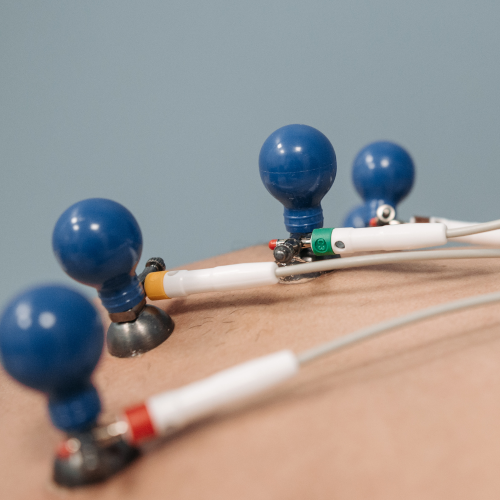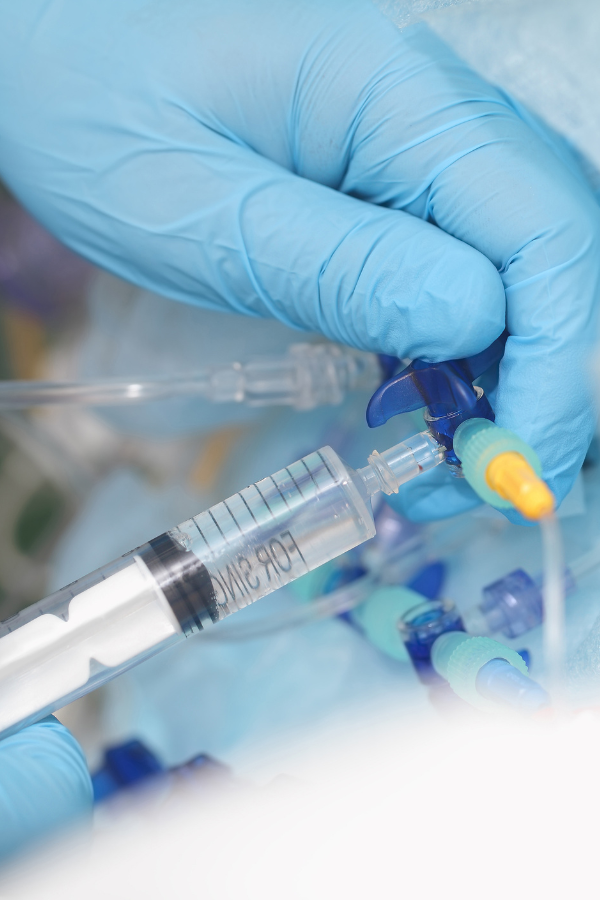Adapting to ISO 10993-1: Strategic Considerations for Device Developers
At a recent industry standards meeting held in Milton Keynes and hosted by the ISO 10993-1 standards committee, Cormica’s Elena Henderson (BSc | MBSI | MRSB | MBTS) took part in an in-depth discussion on the forthcoming updates to ISO 10993-1, the internationally recognised standard for biological evaluation of medical devices.
Here’s what you need to know:
Inclusion of CMRs and EDs in Risk Assessment:
The revised standard will formally include Carcinogenic, Mutagenic and Reproductively toxic substances (CMR) and Endocrine Disruptors (ED) in the scope of biocompatibility evaluations. This aligns more closely with EU MDR expectations and signals a move toward greater global harmonisation. While we are still awaiting formal feedback from the FDA, manufacturers should prepare for these risks to become standard considerations in risk assessments.
I’m excited to see inclusion of CMR and EDs has gained more global attention and serious review. Which in turn will instigate global risk assessment of the CMR and EDs.
Elena Henderson
Authors:

Elena Henderson
Elena Henderson, BSc | MBSI | MRSB | MBTS, is Principal Consultant at Cormica, specialising in biological evaluations under ISO 18562 and ISO 10993. With numerous years as a Biocompatibility Assessor, she has supported successful UK, EU, and US regulatory submissions.
Reinterpretation of Contact Duration:
One of the most impactful changes is the new interpretation of contact duration. Previously, accumulated exposure was calculated by multiplying the time per use by the number of uses. Under the new guidance, exposure duration is now based on total clinical use time. For example, if a patient uses a device for 15 minutes a day over 20 days, the exposure is now considered as 20 days rather than 15 minutes multiplied by 20.
This reclassification has serious implications. Devices previously considered as limited contact may now fall under prolonged or long-term exposure, triggering the need for renewed toxicological assessments.
In addition, the long-term contact may be considered by the presence of bioaccumulate materials i.e. metal ions, DEHP, BPA, PFAS, silicone droplets, silver complexes.


Shift Toward Systemic Risk Evaluation:
The revised guidance places a stronger emphasis on true and clinically relevant systemic toxicological risks. This includes aligning toxicology studies (acute, subacute, sub chronic, and chronic toxicity) with real clinical use durations, not arbitrary classifications. This change supports a more risk-based, patient-centric approach, ensuring biocompatibility testing reflects actual clinical exposure scenarios.
Clarified Definitions and Updated Terminology:
- The term ‘transitory’ due to confusion with ‘transient’ – which is the MDR description – was replaced with the term ‘brief contact’, now defined as less than a minute.
- The role of pyrogenicity testing is being reconsidered, as evidence shows most devices do not elicit a pyrogenic response. This change could reduce unnecessary testing.
Nanomaterials Receive Increased Attention:
The revised standard also provides greater clarity on nanomaterial risk assessments, as nanoparticles have more detailed, explicit risk definement, with test methods and literature searches that have to be in place to investigate those effects.
What This Means for Manufacturers:
The main takeaway for manufacturers is if the device now considers to have longer exposure contact duration, then toxicological risk assessment and valuation of those endpoints will likely be covered by Toxicological risk assessment and Biological risk evaluation covering longer periods of exposure. This demands a thorough gap analysis of both existing and new devices to ensure alignment with the updated classification criteria.
Devices that were once categorised as limited or short-term may now require re-evaluation under prolonged or long-term exposure, potentially leading to additional testing or justification.

Our Advice to Medical Device Developers:
- Start reviewing your existing toxicological risk assessments now particularly for systemic exposure endpoints that may not have been previously addressed.
- Plan a detailed gap analysis for your devices to identify where current data may fall short under the new interpretation.
- Consult with biocompatibility experts and toxicologists who are familiar with the regulatory landscape across EU, US, and other markets.
How Cormica Can Help:
Cormica’s global team of US and EU, registered toxicologists can support you throughout this process. We offer expert guidance in:
- Gap analysis of toxicological data
- Strategic testing approaches aligned with updated ISO 10993-1 requirements
- End-to-end biocompatibility, clinical evaluation and regulatory support
Whether you are developing a new device or managing an existing portfolio, our clinical, biological and toxicology experts can help you bridge the gaps quickly and efficiently, ensuring compliance without unnecessary delays.
